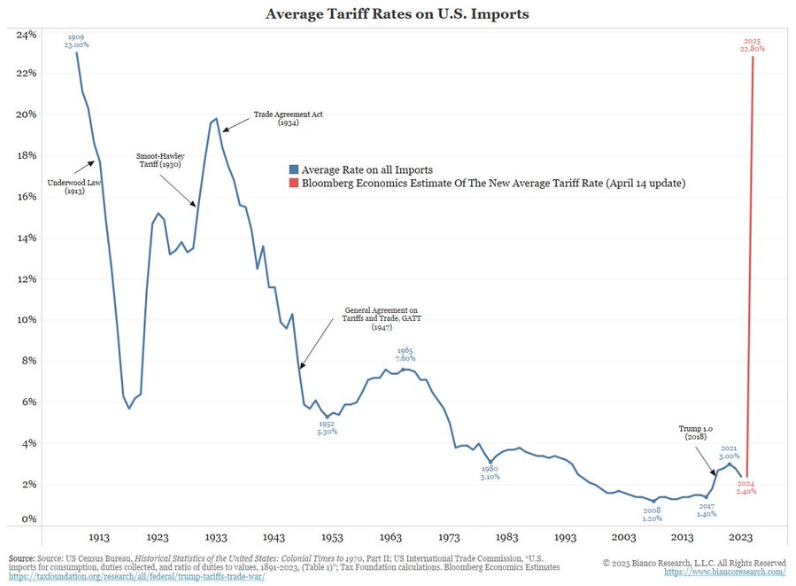Binance, the world’s largest cryptocurrency exchange, has announced that it will delist four tokens. These include Alpaca Finance (ALPACA), PlayDapp (PDA), Wing Finance (WING), and Viberate (VIB).
PDA, WING, and VIB witnessed a notable drop in value following the announcement. Yet, ALPACA has bucked the trend, experiencing a surge despite its impending removal from the platform.
Binance To Delist ALPACA, PDA, WING, and VIB
According to the official announcement, the delisting will take effect on May 2 at 03:00 UTC. After May 3, users will no longer be able to deposit these tokens.
In addition, withdrawals will be unavailable after July 4. Lastly, open positions in Binance Futures related to the tokens will be closed by April 30.
The decision aligns with Binance’s periodic review process, which evaluates tokens based on factors such as volume, liquidity, project team activity, compliance with regulatory requirements, etc. The exchange stated that these tokens failed to meet the required criteria, prompting their removal.
“When a coin or token no longer meets these standards or the industry landscape changes, we conduct a more in-depth review and potentially delist it. Our priority is to ensure the best services and protections for our users while continuing to adapt to evolving market dynamics,” Binance noted.
The move came shortly after Binance wrapped up the second round of the “Vote to Delist” campaign. 8.2% of the total votes were in favor of delisting PDA. Meanwhile, ALPACA followed with 6.3% of the votes, and WING garnered 3.8%. VIB was not included among the 17 tokens up for community voting.
Interestingly, despite the FTX Token (FTT) leading the vote with 11.1%, Binance has excluded it from its latest list of tokens to be removed from the platform.
ALPACA’s Surge Amid Binance Delisting Sparks Concerns
Following the news, PDA, WING, and VIB plunged by double digits. BeInCrypto data showed that WING saw the highest decline. The token shed 31.8% of its value. VIB followed closely with a 29.7% downtick. In addition, PDA’s value decreased by 17.0%.

However, shortly after the announcement, ALPACA’s price surged 71.3%. Moreover, its trading volume increased by 417.2%. The rise wasn’t typical for a token up for delisting, raising concerns.
Most of the time, a delisting announcement triggers substantial drops in price, as seen in previous cases.
In the latest X (formerly Twitter) post, an analyst highlighted ALPACA’s unusual reaction, which he said was likely manipulated.
“ALPACA after a major dump showed immense squeeze. Rised to over 100%; liquidated some heavy shorters, heavy manipulation out there,” the post read.
The analyst advised users to stay cautious and avoid falling for potential “exit scams,” where prices are artificially inflated to benefit manipulators at the expense of unsuspecting investors.
The post Binance Delists Four Tokens, ALPACA Surges 71% While Others Plunge appeared first on BeInCrypto.









